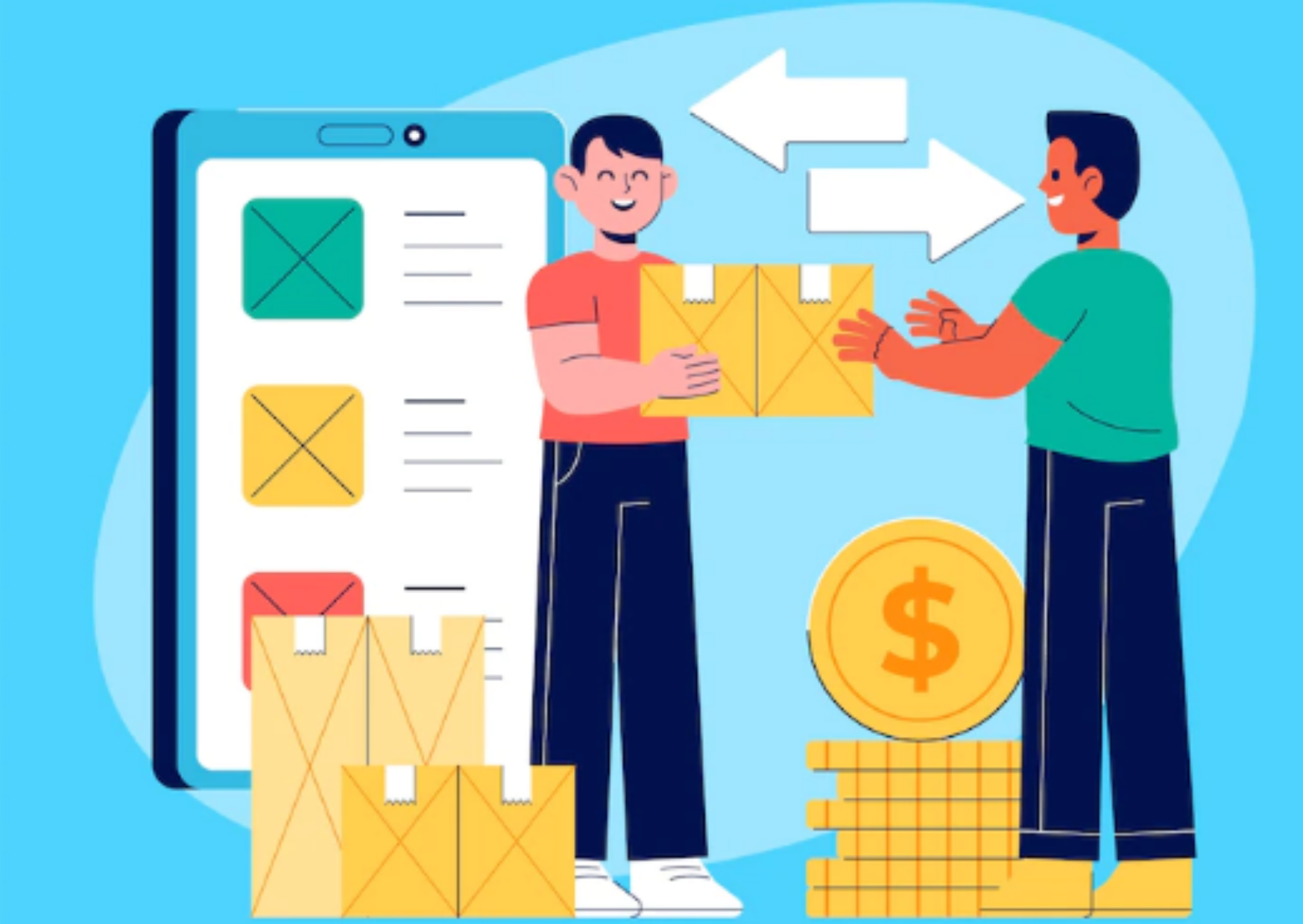If you’re in the business of selling B2B SaaS (Software as a Service), you know that standing out in a crowded market can be a challenge. With so many options available, it’s important to effectively sell your products to other businesses in order to succeed. In this blog post, we’ll share 8 proven strategies to sell B2B SaaS.
What is B2B SaaS?
B2B SaaS refers to a cloud-based software delivery model in which a software application is provided to customers on a subscription basis. In this model, the software is hosted on the vendor’s servers and accessed remotely by the customer through the internet.
B2B SaaS products are typically used by businesses to solve specific problems or improve certain processes within their organization. Some examples of B2B SaaS products include customer relationship management (CRM) software, project management tools, and human resources management systems.
How to Sell SaaS B2B?
Whether you’re new to selling B2B SaaS or an experienced pro, these tips will help you to sell B2B SaaS effectively.
Research Your Target Market:
It’s important to thoroughly research your target market before launching your B2B SaaS product. This includes understanding their needs, pain points, and budget constraints.
By knowing your target market well, you can tailor your sales pitch to address their specific issues.
Create a Compelling Value Proposition
Your value proposition is a statement that explains how your product or service can solve your target market’s problems. It is the unique benefit that your B2B SaaS product offers to your customers.
It’s what sets your product apart from the competition and why your customers should choose your product over others. To create a compelling value proposition, you should focus on the specific pain points that your product solves for your customers and the value that it provides.
Use “Pull Marketing” to Generate Leads:
“Pull marketing” refers to strategies that attract potential customers to your product or service, rather than pushing it onto them. Examples of pull marketing include inbound marketing techniques such as blogging, social media marketing, and content marketing.
You can generate leads and build trust with potential customers by providing valuable content and resources that address your target audience’s needs and interests.
Use a Human Touch to Sell:
It’s also essential to incorporate a human touch. This means being personal and empathetic in your communication with potential customers. And being available to answer their questions and concerns.
Using a human touch can help build trust and credibility with potential customers. This can increase the chances of making a sale.
Don’t Just Sell Features:
While it’s important to highlight the features of your B2B SaaS product, it’s more important to focus on how those features solve specific problems or meet specific needs for your customers.
Instead of just listing the features of your product, explain how they benefit the customer and how they compare to similar products on the market.
Incent Your Sales Team with a SaaS Model:
The sales model for B2B SaaS products is different than traditional products. As it typically involves a longer sales cycle and higher upfront costs.
It’s important to align your sales team’s incentives with the unique characteristics of the B2B SaaS market. This may include using a combination of upfront and recurring commissions, as well as offering incentives for customer retention and upselling.
Make Onboarding a Top Priority:
Onboarding, or the process of introducing new customers to your B2B SaaS product, is crucial for customer retention and success. By offering a smooth onboarding experience, you can help customers get up and running with your product quickly and effectively.
This may include providing training, resources, and support to ensure that customers are able to fully utilize and benefit from your product.
Keep Your Free Trials Simple:
Offering a free trial or demo of your B2B SaaS product can be an effective way to give potential customers a taste of what your product has to offer. However, it’s important to keep your free trial simple to ensure that it’s easy for potential customers to use.
This may include providing clear instructions and guidance, as well as limiting the number of features included in the free trial.
Closing Thoughts!!
In conclusion, selling B2B SaaS products can be a challenging task. But by following these strategies, you can effectively target and engage potential customers, and close deals successfully.
It’s also important to continuously assess and optimize your sales process to ensure that you are meeting the needs and expectations of your customers. By staying focused and persistent, you can build a successful B2B SaaS business.
B2B SaaS
SaaS
SaaS Marketing
SaaS Product
SaaS Sales

